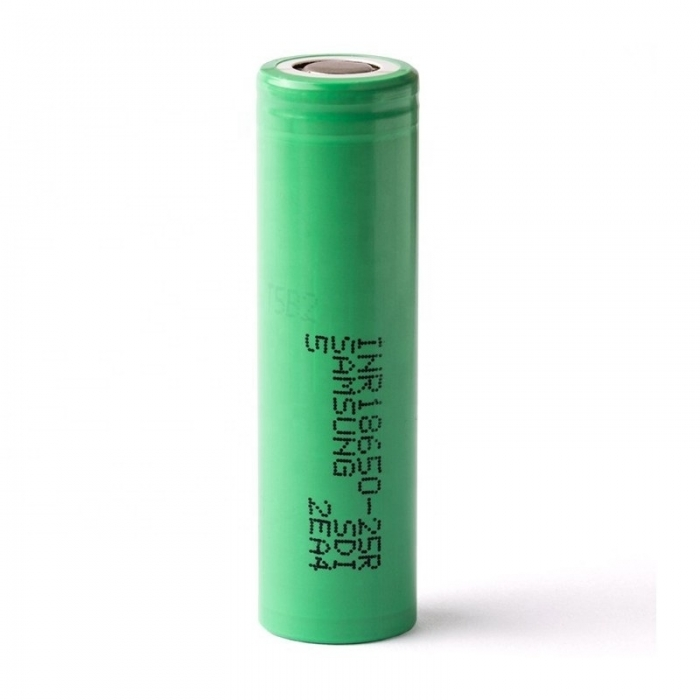
Vape Battery 101: Everything You Need to Know and More
Hello vapers, welcome back to Vaporisers.com – your go-to resource for all things vape. Today, we’re going to delve into the world of vape batteries. It's easy to get caught up in the glitz and glamour of fancy mods and juicy e-liquids, but the unsung hero of your vaping device is, undoubtedly, the battery. So let's give it some well-deserved attention!
The Core of Vaping - Vape Batteries
Your vaping experience is only as good as your battery. It provides the power needed to heat your e-liquid and create that flavorful vapor we all love. A vape battery can make the difference between an average vaping session and an exceptional one.
Understanding Vape Battery Basics
Vape batteries are typically lithium-ion batteries, renowned for their stability, high energy density, and long-lasting power. They come in various shapes and sizes to cater to different vape devices – from the compact and user-friendly pod systems to the more complex and customizable mod setups.
Two broad categories of vape batteries you'll often come across are:
-
Integrated Batteries: These batteries are built into the device. Once the battery life ends, you'll need to replace the entire unit. These are common in beginner-friendly devices due to their ease of use.
-
Removable Batteries: These are standalone batteries that you can remove, recharge, and replace. Advanced vapers often prefer this option as it offers more flexibility and longevity.
Navigating Vape Battery Sizes
Understanding the size of a vape battery is crucial. This information will determine whether the battery fits your device. Vape battery sizes are usually coded in five digits, like 18650, 20700, or 21700. But what do these numbers mean?
Take 18650 for example, the most common size for vape batteries:
- The first two digits (18) refer to the diameter of the battery in millimeters.
- The next two digits (65) represent the length of the battery, also in millimeters.
- The final digit (0) denotes the shape of the battery, with 0 indicating a cylindrical shape.
Vape Battery Capacity
Battery capacity is a measure of how much power the battery can hold, usually expressed in milliamp-hours (mAh). Higher capacity means the battery can last longer between charges, but it also generally means a larger physical size.
It's essential to balance your need for battery life with your preference for device size and portability.
Power Output and Safety
When it comes to power output, understanding Ohm's law can be quite helpful. It states that the current (I) through a conductor between two points is directly proportional to the voltage (V) across the two points, and inversely proportional to the resistance (R). In simpler terms, this means that higher resistance coils will require less power from your battery, thus extending its life.
While vape batteries are generally safe, misuse can lead to potential risks. Some safety tips include:
- Never carry loose batteries in your pocket, as they can short circuit.
- Don't expose your batteries to extreme temperatures.
- Always use the correct charger for your battery.
- Never use a damaged battery.
Maintaining Your Vape Battery
Proper maintenance is key to prolonging your vape battery's lifespan. Here are some useful tips:
- Regularly clean the battery terminals to maintain a good connection.
- Don't overcharge your battery; it can diminish its lifespan.
- Try not to fully drain your battery before charging. Lithium-ion batteries prefer partial discharges.
- Store your batteries correctly – in a cool, dry place away from sunlight.
The Chemistry of Vape Batteries
Lithium-ion batteries, the standard for vaping devices, come in a variety of chemical combinations. Each type has its unique benefits and drawbacks:
-
Lithium Cobalt Oxide (LiCoO2): These batteries offer high energy density but can be a safety risk if not handled properly.
-
Lithium Manganese Oxide (LiMn2O4): These have a lower energy density but provide high thermal stability and high power output.
-
Lithium Nickel Manganese Cobalt Oxide (LiNiMnCoO2): This type offers a balance between power, capacity, and safety.
-
Lithium Iron Phosphate (LiFePO4): Known for their excellent safety features and long life span, these batteries have lower voltage and energy density.
It's important to note that you should never attempt to replace the lithium-ion cell in a vape battery yourself as it can be dangerous.
Battery Safety Features
Many modern vape batteries come equipped with safety features to protect against potential issues, such as:
- Overcharge Protection: Prevents the battery from charging beyond its maximum limit.
- Over-Discharge Protection: Prevents the battery from discharging below its safety threshold.
- Short Circuit Protection: Cuts off the power if a short circuit is detected.
- Temperature Protection: Shuts down the battery if temperatures reach dangerous levels.
You should always check whether your chosen vape battery has these safety features before making a purchase.
The Relevance of C-Rating
The C-rating of a vape battery refers to its discharge capacity—basically, how quickly the battery can safely discharge its entire capacity. A battery with a higher C-rating can deliver more power at once, which can be beneficial if you prefer a powerful hit. However, most vapers will find that a moderate C-rating meets their needs just fine.
Understanding Battery "Marriage"
If your vaping device uses more than one battery, you've probably heard of the term "marrying" batteries. This practice involves pairing two new, identical batteries together so they share the workload equally.
Marrying your batteries helps to ensure that one battery doesn’t become overworked, which could potentially lead to battery failure. The rule of thumb is always to charge and discharge married batteries together to keep them in sync.
Recognizing When to Replace Your Vape Battery
Just like any other battery, vape batteries won't last forever. Over time, their capacity diminishes. Here are some signs that it's time to replace your vape battery:
- Your battery doesn’t hold a charge as long as it used to.
- Your device is not delivering consistent power.
- The battery becomes unusually hot during use.
- The outer casing of the battery is damaged or bloated.
Whenever you notice any of these signs, it's best to replace the battery promptly to avoid potential risks.
Disposing of Old Vape Batteries
When it's time to say goodbye to your old vape battery, ensure you dispose of it responsibly. Vape batteries should never be thrown in your regular trash or recycling bins because they can cause fires or explosions.
Many electronics retailers offer battery recycling programs. You can also check with your local waste disposal facility to see if they accept old vape batteries.
The Future of Vape Batteries
As vaping technology continues to advance, we can expect to see improvements in battery technology. Goals for future developments include longer-lasting batteries, quicker charging times, and improved safety features.
While we wait for these advancements, it's crucial to make the most of the technology we currently have. This means understanding our vape batteries, using them correctly, maintaining them well, and respecting their limitations.
Wrapping Up
Vape batteries may not be the most glamorous part of your vaping experience, but they're undoubtedly essential. Whether you're a beginner vaper or a seasoned pro, understanding your vape battery is key to a safe and satisfying vaping experience.
It's our mission here at Vaporisers.com to provide you with all the knowledge you need to enjoy your vaping journey. Don't forget; we're always here to answer any questions or concerns you might have about vape batteries or any other vaping topics.
In the meantime, remember to charge responsibly, vape safely, and enjoy every puff. Happy vaping!



